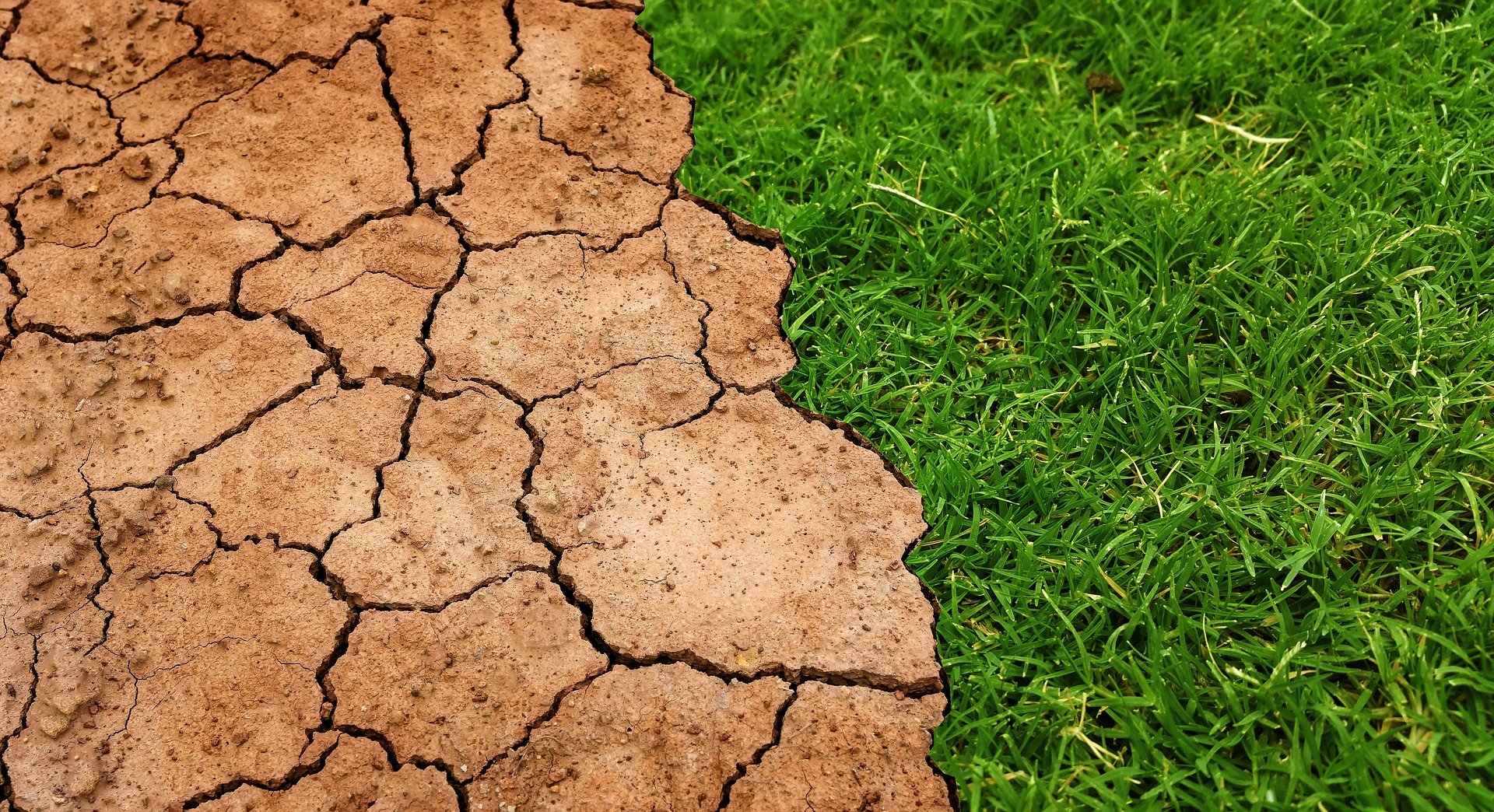Since the industrial and scientific revolutions, Earth’s resources have been gradually depleted. Furthermore, the start of the world’s population’s exponential expansion is particularly hard on the environment. Simply put, as the population’s need for consumption grows, so does the use of natural resources, as well as the waste generated by that consumption. Climate change has been one of the most significant long-term consequences of this. Climate change is more than just the rise or fall of global temperatures; it also affects rain cycles, wind patterns, cyclone frequencies, sea levels, and other factors. It has an impact on all major life groupings on the planet. Global warming is the unusually rapid increase in Earth’s average surface temperature over the past century, primarily due to the greenhouse gases released by people burning fossil fuels. The greenhouse gases consist of methane, nitrous oxide, ozone, carbon dioxide, water vapour, and chlorofluorocarbons. The weather prediction has been becoming more complex with every passing year, with seasons more indistinguishable, and the general temperatures hotter. The number of hurricanes, cyclones, droughts, floods, etc., has risen steadily since the onset of the 21st century. The supervillain behind all these changes is Global Warming. The name is quite self-explanatory; it means the rise in the temperature of the Earth. According to recent studies, many scientists believe the following are the primary four causes of global warming: ● Deforestation ● Greenhouse emissions ● Pollution ● Carbon emissions per capita Extreme global warming is causing natural disasters, which can be seen all around us. One of the causes of global warming is the extreme release of greenhouse gases that become trapped on the earth’s surface, causing the temperature to rise. Similarly, volcanoes contribute to global warming by spewing excessive CO2 into the atmosphere. The increase in population is one of the major causes of Global Warming. This increase in population also leads to increased air pollution. Automobiles emit a lot of CO2, which remains in the atmosphere. This increase in population is also causing deforestation, which contributes to global warming


Comments